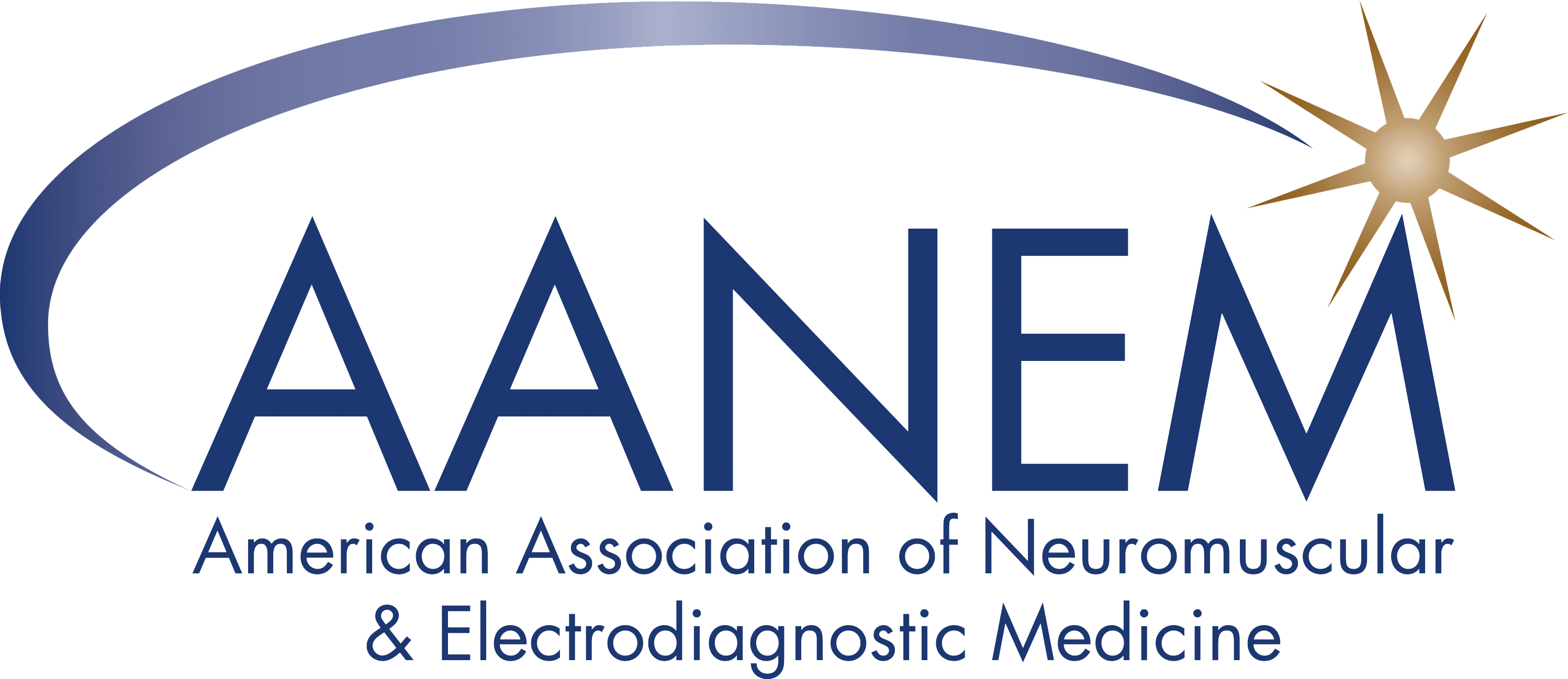Submitted by: Oksana Sayko, MD
Edited by: Nakul Katyal, MD
Citation: Kuwabara S, Kusunoki S, Kuwahara M, et al. Efficacy and safety of eculizumab in Guillain‐Barré syndrome: A phase 3, multicenter, double‐blind, randomized, placebo‐controlled clinical trial. Journal of the Peripheral Nervous System. 2024;29(3):339-349. doi:https://doi.org/10.1111/jns.12646.
Summary: This phase 3, multicenter, double-blind, randomized, placebo-controlled clinical trial investigated the efficacy and safety of eculizumab as add-on treatment to intravenous immunoglobulin (IVIg) in Japanese patients with severe Guillain-Barré syndrome (GBS). Severe GBS was defined as Huges functional grade (FG) 3 (able to walk 5 m with help), FG4 (bedridden or chair-bound), or FG5 (ventilation assisted breathing). The hypothesis is that the activation of the complement pathway plays an integral role in the pathophysiology of acute motor axonal neuropathy (AMAN) and likely acute inflammatory demyelinating polyneuropathy (AIDP). A treatment targeting complement component 5 can potentially improve efficacy. Eculizumab is a C5 inhibitor. Previously, a phase 2 Japanese trial showed combined eculizumab and IVIg treatment resulted in a higher proportion of patients achieving FG1 (able to run) or FG0 (healthy).
The study enrolled 57 patients. The inclusion criteria were adults (age >= 18 years) diagnosed with severe GBS, ability to run before the onset of symptoms, and eligible to start IVIg treatment. The patients were randomized 2:1 to receive intravenous infusion of eculizumab (n= 37) or placebo (n=20) weekly for 4 weeks. Primary efficacy endpoint was the time to first reach FG score ≤1 (able to run). Key secondary endpoints were proportion of participants achieving FG ≤1 at weeks 8 and 24 and FG improvement ≥3 at week 24. EMG studies were conducted during the screening period to determine the GBS subtype and again at week 4.
The study found 54% (20/37) of participants in the eculizumab treatment arm and 65% (13/20) of participants in the placebo treatment arm achieved an FG score of ≤1. The difference in time to first reach FG score ≤1 did not achieve statistical significance. Add-on treatment with eculizumab did not result in statistically significant improvements compared to placebo in patients with GBS.
The author commented on one difference between phase 2 and phase 3 trials is the proportions of participants with AMAN and AIDP subtype. Phase 2 had a higher proportion of AMAN type and phase 3 had a higher proportion of AIDP type. The authors further speculated that the demographic difference between two trials may be the COVID-19 pandemic.
Comments: The study appears to be a well-designed and balanced phase 3 trial, and the results directly impacted the patient’s access to this medication. Although disappointing that the phase 3 trial failed to confirm positive findings of the phase 2 trial, this is an important development in GBS treatment.
